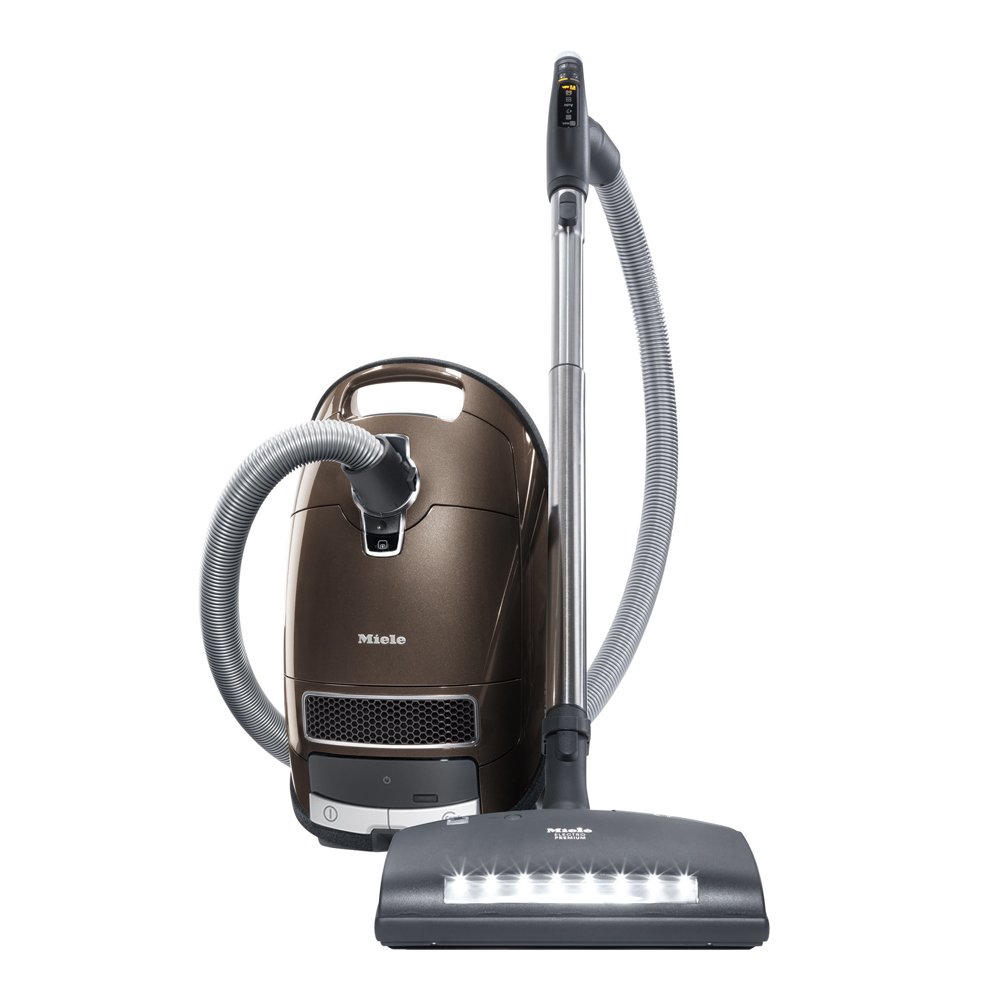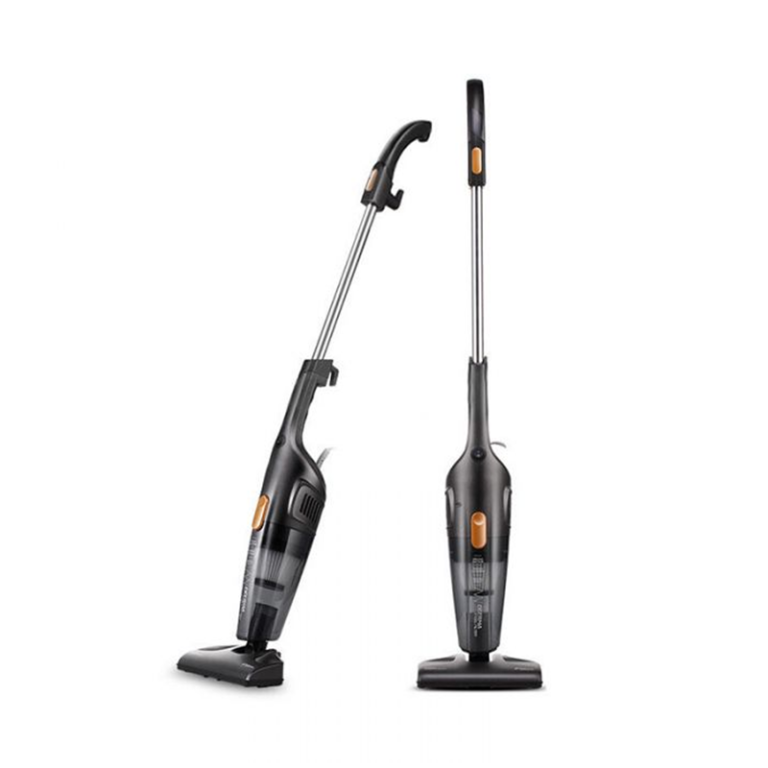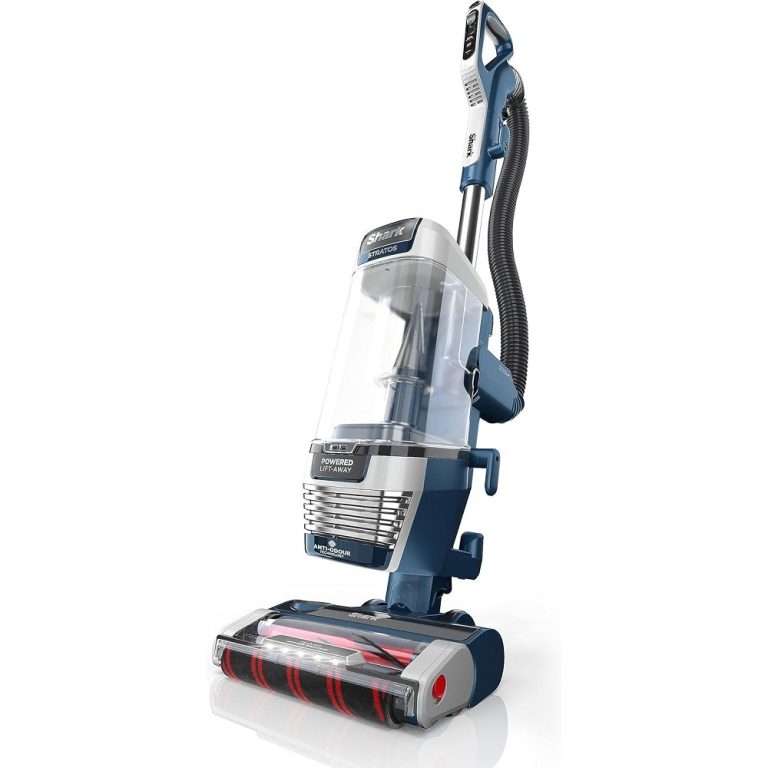Vacuum cleaners are essential appliances for maintaining a clean and tidy home. They help remove dirt, dust, and allergens from floors and carpets, making them an indispensable tool for many households. However, storing a vacuum cleaner improperly can lead to functional issues, damage, and inefficiency. This ultimate guide provides detailed instructions on how to store your vacuum cleaner properly, ensuring it remains in top condition for years to come.
Preparing for Storage
Cleaning the Vacuum Cleaner
Before storing your vacuum cleaner, it is crucial to clean it thoroughly. Start by emptying the dust bin or bag. For bagless models, empty the canister outside to prevent dust from spreading indoors. Shake out any loose debris and wipe down the interior of the container with a damp cloth.
Next, check the filters. Most vacuum cleaners have washable filters that can become clogged with dust over time. Remove the filters, rinse them under running water, and allow them to dry completely before reinstalling. This step will ensure your vacuum operates at maximum efficiency when you need it next.
Finally, clean any attachments, hoses, and brushes. Use a soft brush or cloth to remove hair and dirt that may be tangled in the bristles. If your vacuum has a detachable brush roll, take it out and clean it separately. Cleaning these components prevents dirt from building up and ensures that your vacuum is ready for its next use.
Inspecting the Vacuum for Damage
After cleaning, inspect the vacuum cleaner for any signs of damage. Check the cord for fraying or wear, as a damaged cord can pose a safety hazard. Look for cracks or breaks in the plastic housing and ensure that all attachments are functioning correctly.
If you discover any issues, consider addressing them before storage. This may involve replacing worn parts or repairing the vacuum cleaner. Taking care of repairs now will save you the hassle of dealing with a malfunctioning vacuum later. A well-maintained vacuum will be more effective at cleaning and will last longer over time.
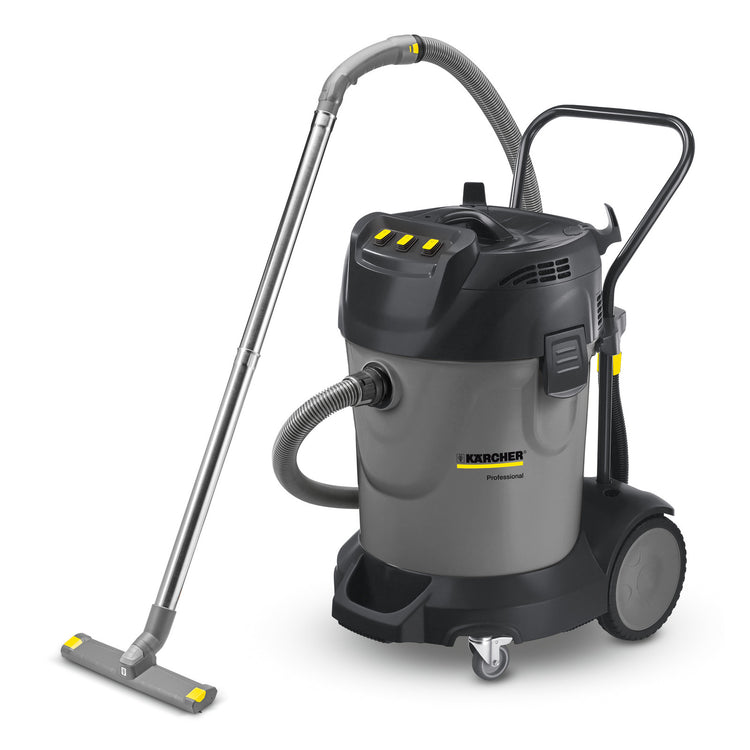
Select the Right Storage Location
Choosing a Suitable Area
Selecting the right storage location for your vacuum cleaner is essential. Ideally, the storage area should be dry, cool, and away from direct sunlight. Humidity can cause damage to electrical components and promote mold growth. Sunlight can fade colors and damage plastic over time.
Common storage locations include closets, utility rooms, and pantries. Make sure the area is well-organized, allowing easy access to the vacuum when needed. If possible, store your vacuum in an upright position to avoid unnecessary damage to its components. Avoid placing it near heaters, air conditioning units, or areas prone to moisture, such as bathrooms or basements.
Accessible Storage Solutions
When selecting a storage solution for your vacuum, consider your available space. Some users may prefer a dedicated vacuum storage rack, which keeps the appliance upright and organized. These racks come in various styles and can help you easily access your vacuum when needed.
Others may opt for closet hooks or custom shelving units designed for appliances. Whatever option you choose, make sure the vacuum is stable and unlikely to tip over. This stability reduces damage to the vacuum and keeps your storage area tidy.
Properly Storing Accessories and Attachments
Organizing Attachments
Most vacuum cleaners come with various attachments and accessories to enhance their performance. Properly storing these items is just as important as storing the vacuum itself. Keeping attachments organized prevents the loss of pieces and ensures easy access when you need them.
Consider using storage bins or caddies to keep attachments together. Labeling the bins can help you quickly identify the contents. If your vacuum cleaner has a specific docking station for accessories, make sure to use it. This organization reduces clutter and makes it easy to find the attachment you need.
Storing Hoses and Cords
If your vacuum has a detachable hose, gently coil it for storage. Avoid twisting or tightly wrapping the hose, as this can cause kinks and restrict airflow when the vacuum is in use. If space allows, hang the hose on a hook or loop it together and secure it with a tie.
For vacuum cleaners with cords, ensure the cord is wrapped neatly and secured to prevent tangling. Many vacuum models include cord management systems, allowing you to store the cord safely and efficiently. If your vacuum does not have this feature, consider using velcro ties or cable clips to keep the cord organized.
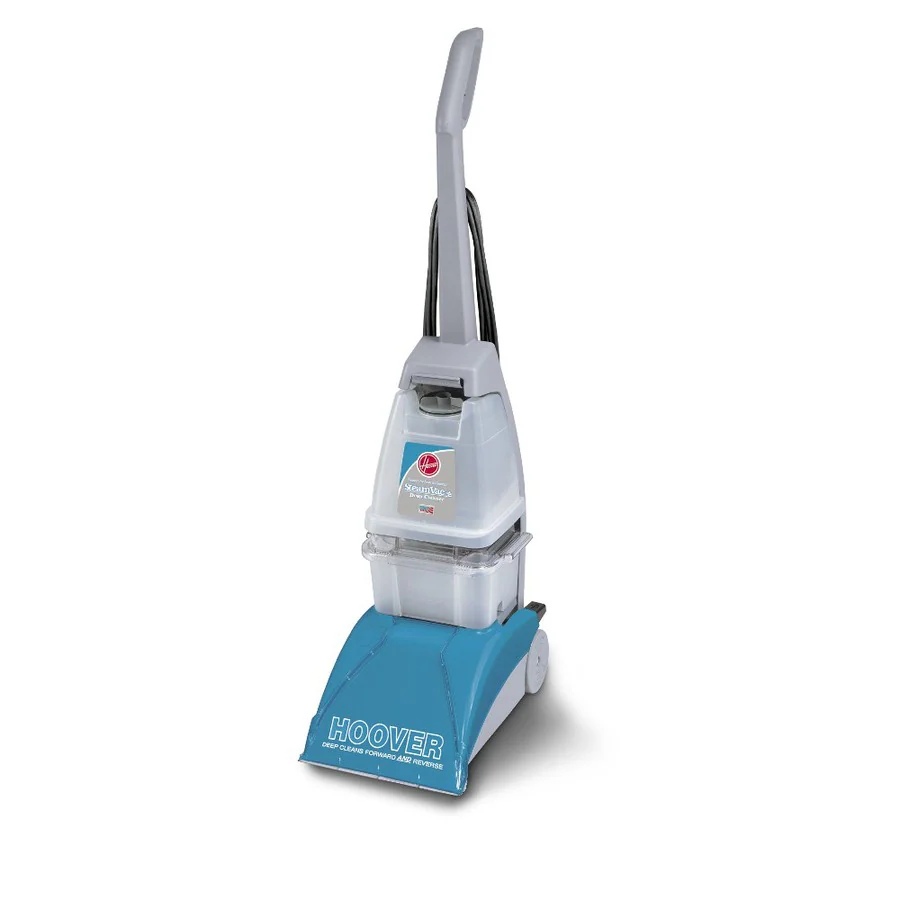
Store the Vacuum Cleaner Properly
Positioning the Vacuum
When store your vacuum cleaner, consider its position. If possible, store the vacuum upright. This position helps maintain the shape of the vacuum and prevents unnecessary stress on its components. Make sure it is placed on a stable surface where it won’t easily tip over.
If your vacuum has a dusting or upholstery attachment that can be stored directly on the vacuum itself, ensure it is properly attached. This method keeps everything in one place, reducing the chances of losing important parts.
Protecting the Vacuum from Dust and Dirt
To further protect your vacuum cleaner from dust and dirt while in storage, consider using a dust cover. A cover will prevent particles from settling on the vacuum surface and into its components. Dust covers are available in various materials, so choose one that is breathable to avoid moisture buildup.
If a dust cover is unavailable, consider draping a clean, dry cloth over the vacuum. This practice will help keep your vacuum clean and ready for use. Investing time in protection can result in easier cleaning tasks when you need to use your vacuum again.
Maintenance Checks Before Future Use
Regular Maintenance Checks
Before using your vacuum cleaner again, it is important to perform regular maintenance checks. Ensure that the filters are clean and functioning correctly. For washable filters, wash them according to the manufacturer’s instructions and make sure they are completely dry before reinstallation.
Inspect the vacuum hose and attachments for clogs or damage. Check for blockages, particularly in the hose, brush roll, and nozzle. If you find any debris or blockages, clear them out to ensure optimal airflow and suction performance.
Cord and Plug Inspection
Before plugging in the vacuum, inspect the power cord for frayed areas or bends. If you spot any damage, do not use the vacuum until the cord is repaired or replaced. Additionally, check the plug for any signs of damage, such as bent prongs or exposed wires. Safety should always be your top priority.
Common Mistakes to Avoid
Neglecting Regular Cleaning
One common mistake many people make is neglecting the regular cleaning of their vacuum cleaner before storage. Failing to clean it can result in dirt and debris accumulating, potentially damaging the vacuum over time. Dust and other particles can clog filters and impair performance.
Make it a habit to clean your vacuum before storing it. Regular maintenance helps ensure your vacuum is in prime condition for its next use. This proactive measure can save you time and money in repairs down the line.
Storing in Damp or Humid Environments
Another mistake to avoid is store your vacuum cleaner in damp or humid environments. Moisture can lead to mold and mildew growth, compromising the functionality of the appliance. Avoid placing your vacuum in areas like basements, attics, or garages where humidity can build up.
Always opt for a dry, climate-controlled storage area. Keeping your vacuum away from humidity can lengthen its lifespan and ensure it continues to function efficiently for years to come.
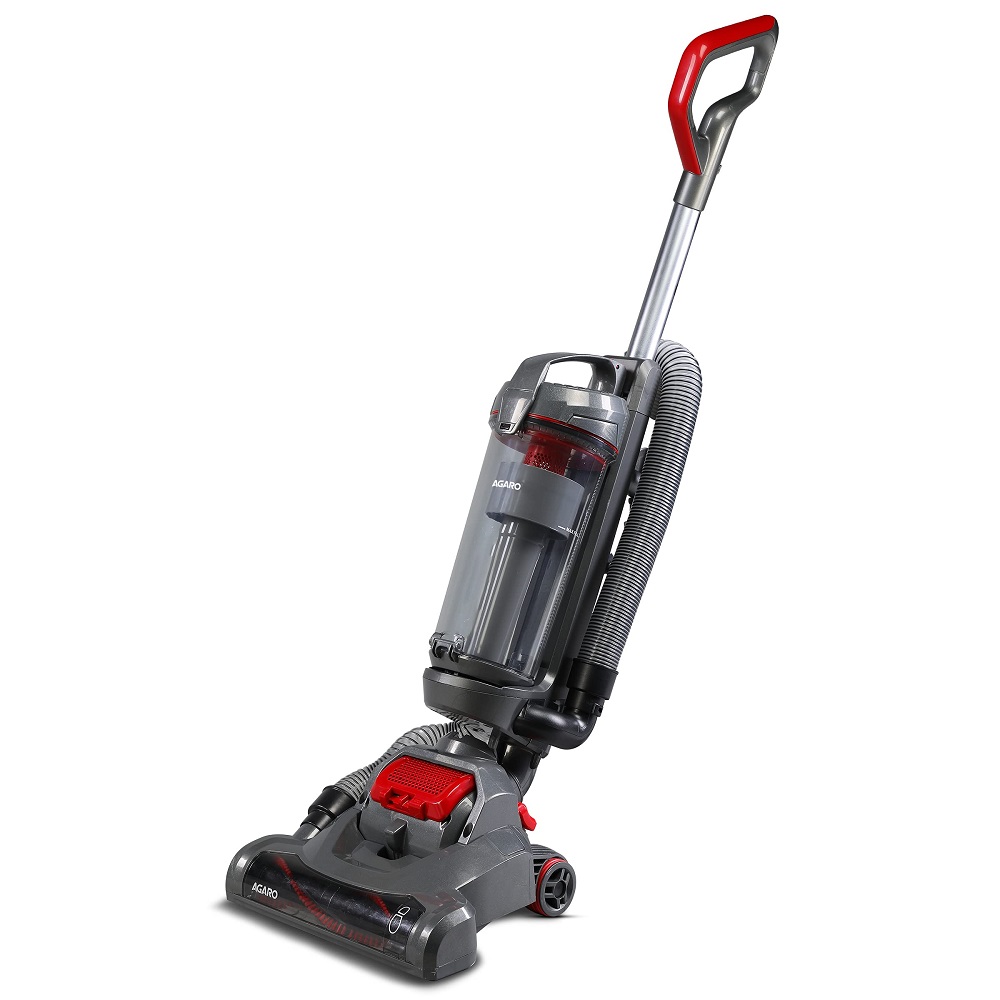
Proper Storage for Longevity
In conclusion, how to store vacuum cleaner properly is essential for maintaining its performance and longevity. By following the tips outlined in this guide, you can ensure that your vacuum remains in top condition, ready for use whenever you need it.
Start by thoroughly cleaning the vacuum and its parts before storage, and select an appropriate storage location that is dry and cool. Organizing accessories and taking steps to protect the vacuum from dust will further enhance its performance when you next use it.
Conduct maintenance checks regularly and avoid common mistakes to keep your vacuum working efficiently over time. Investing time in proper storage techniques can save you from costly repairs and replacements. Ultimately, a well-maintained vacuum cleaner will provide you with the powerful cleaning ability you need to keep your home spotless.
